Gabb Guide to Safe Video Gaming
NOV 16, 2022
Gabb Guide to Safe Video Gaming
Video games have been around for a few decades, but they’ve never been more readily available and accessible than they are today. As parents, we want our kids to be included in the fun, but we also want them to be safe and use moderation in how much time they spend playing video games. Finding a balance isn’t easy, but parents and kids can do it.
Online gaming is one of the latest developments in video games. It’s estimated that by 2025, there will be over 1.3 billion online gamers. [2]
What is Online Gaming?
Online gaming is possible when a video game allows for digital interactions between players. It can be a good way to socialize with friends and practice teamwork by tackling a challenge or mission together. But there are some significant dangers to online gaming that parents should be aware of.
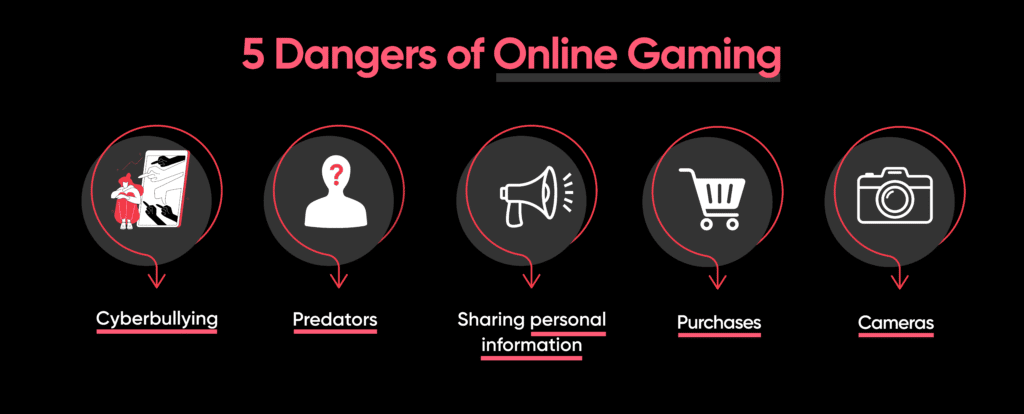
5 Dangers of Online Gaming
As with any online activity, internet gaming exposes our kids to potential risks.
Popular online multiplayer games (such as Fortnite: Battle Royale and Minecraft) allow kids to voice or text chat with anyone in the world.
When we know the risks we can empower our kids to recognize danger from outside threats and also help them develop healthy gaming habits.
1 – Cyberbullying
In video games, players can be anonymous and create a whole new persona if they like. With anonymity, gamers are able to harass and bully with few repercussions.
Many games create teams to participate in a mission. When an unskilled player proves to be a weak link, some team members are quick to yell, call them names, and even kick them out of the group. 74% of players have experienced some type of harassment during a game. [3]
Doxing
Doxing is releasing private information or publicly identifying a person as an act of punishment or revenge. In a survey conducted by BusinessInsider, 29% of people said they were doxed while playing games online. [3]
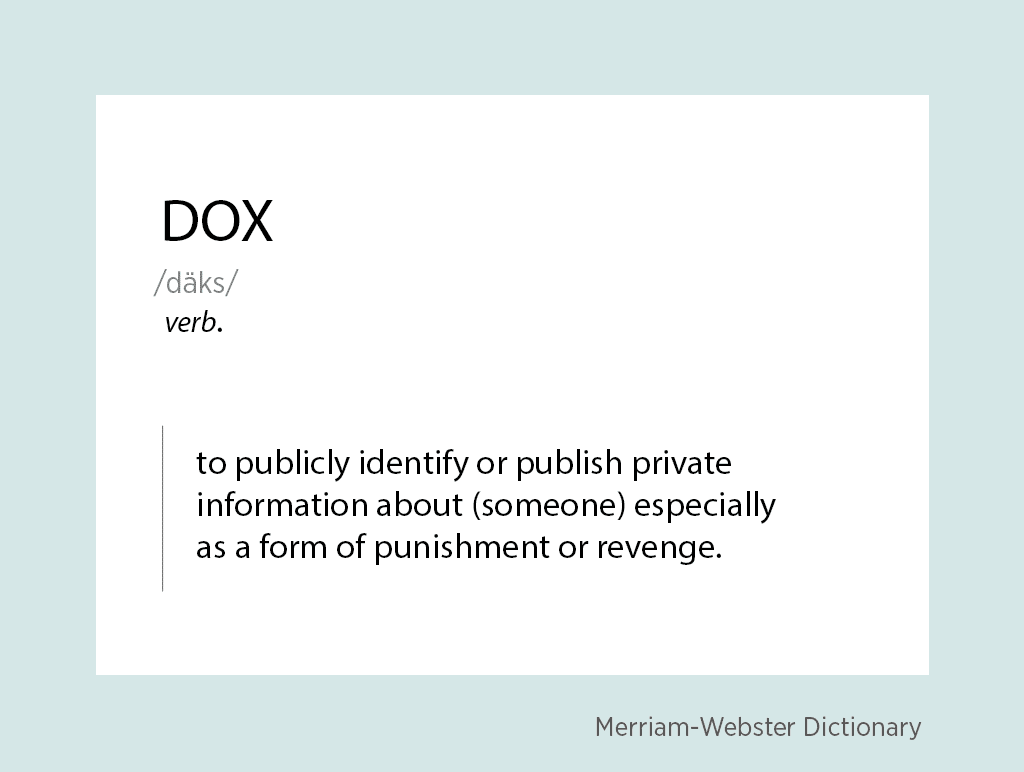
There are countless stories that all follow a similar pattern: two players are matched by server location and their skill level. One player performs poorly, which angers the second player who decides to dox the first player.
In revenge, they search online for their opponent’s private information such as their address, phone number, or social media links and proceed to share them online—usually in gaming chat rooms—with calls for harassment. The victim then receives cruel messages and even threats from other gamers. This cyberbullying can lead to depression, anger, low self-esteem, and even suicidal ideation. [4]
2 – Predators
Predators begin grooming their victims immediately. They pose as children, search for minors, then strike up conversations in chats or private messages. The child thinks they have a new friend their own age.
Predators create connection by confiding in their victims with false stories and building a “friendship” and trust.
The ultimate goal is to trick young gamers into sending sexually explicit pictures and videos of themselves, which are then used by the predator as blackmail. [5] The child may feel trapped and continue sending additional content to prevent the predator from exposing them.
3 – Sharing personal information
Sometimes in game chats, kids share personal details unwittingly with strangers—their town, house number, street, or school mascot. It’s important to recognize that predators spend countless hours becoming skilled at exploiting and harming children. Any small detail puts kids at risk of being contacted in real life.
4 – Purchases
Less threatening to personal security is the ability to make purchases. Many online games encourage players to buy additional items or customize the character to enhance their experience. Usually, gamers can play just fine without these items, but these add-ons can be very tempting. Kids may not understand that real money is used to purchase additional “lives” and “powers”.
Whether intentionally or accidentally, young people can easily rack up a high bill if proper controls aren’t in place. If you own a physical copy of a game, the rating on the front will specify if the game has in-game purchases, but as games are increasingly purchased and downloaded online directly to the gaming system, this warning is not as easy to spot.
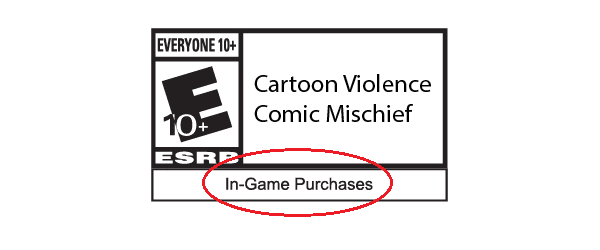
5 – Cameras
Devoted gamers enjoy adding a camera accessory to stream their gaming sessions. Virtual Reality (VR) consoles such as PlayStation VR, and Oculus have built-in sensors that hackers are able to access and gain eyes inside your house. [7]
VR consoles have multiple cameras that act as sensors for the surrounding area. Many gamers choose to live-stream, which means their cameras are on in real time. If they forget to turn off the camera after streaming, viewers can spy on them—no hacking needed.

Solutions for Staying Safe While Gaming
Video games are a regular part of a 21st century childhood. Parents can feel confident in their decisions about how much video game time their child has and which games to allow. You are their parent and know what’s best for them.
Open conversations with kids about the potential risks, while acknowledging the fun benefits, help children feel a responsibility to look out for their own online safety.
Consider the following guidelines and have regular conversations about the benefits of safe gaming strategies.
Set up a gaming account with your child’s age
When setting up your child’s video game console, create an account and specify their age to enable age restriction safety features (if available). Depending on their age and console, some features such as online chats may be disabled. According to the Children’s Online Privacy Protection Act (COPPA), it is unlawful for online services to gather information or track children under 13 years of age. [8]
Set parental controls
Most consoles have this option. Within parental controls you can block content that’s not suitable for your child, set gaming time limits, and restrict online gaming and chats. These controls are not foolproof, unfortunately.
Create a unique user id
Avoid using your child’s name, age, birth year, or any other personal information in a username.
Disable in-game purchases
Within parental controls, you are able to disable or set a password for purchases.
Recognize strangers
Discuss with your child the potential dangers that strangers can pose while gaming online. Teach them to avoid making contact with unknown gamers. Some families set a rule that kids can only play online games with friends they know in real life.
Play in common areas
Gaming in open, common areas of the home will allow parents to listen in to chats between their children and friends. You will be able to gauge the tone of their conversations and intervene if needed.
22% of gamers spend about 70% of their time playing multiplayer online games. —[2]
When kids know that an adult is nearby, they feel a responsibility to be good digital citizens while gaming.
Set a time limit
Gaming in moderation allows kids to enjoy gaming, but not be consumed by it. Many consoles have time limit settings within parental controls. When the time is up an alarm will go off, or depending on the console, the parent can choose to have it turn off automatically.
Rated M (mature) game production has nearly tripled in the last decade composing 5% of games 2010 to 14% in 2020. —ESRB [11]
Is ESRB Reliable?
ESRB (Entertainment Software Rating Board) determines video game ratings in the United States. Video game publishers submit the most extreme content from their game for ESRB to review. Once the content is reviewed, it’s assigned to only three employees to deliberate and decide on a rating [9].
These three reviewers consider a list of criteria when deciding on the rating that includes, among others, blood, violence, nudity, and language.
Since a rating is sometimes given without the ESRB Board even having played the game, they are relying heavily on the video game publishers to accurately and honestly submit the most extreme content. It’s easy to see that there are gaps in this process and as such these ratings are only a starting point for parents.
In 2020, 49% of games were rated E (Everyone). While only 14% of games were rated M, these games had the highest gross sales. [8]
Self-Reflection
We empower kids to make good decisions when we teach them to reflect on how they feel after certain experiences. After children have played video games, many notice a change in their mood. Studies [10] have shown that with excessive playing time, kids have a hard time regulating their emotions.
Video games are a way for many to escape reality and avoid their feelings during that time. Once back in the real world, they struggle to adjust, and some experience extreme moods. [12]
We can teach our kids to evaluate the impact of gaming by encouraging them to reflect on their mood after playing.
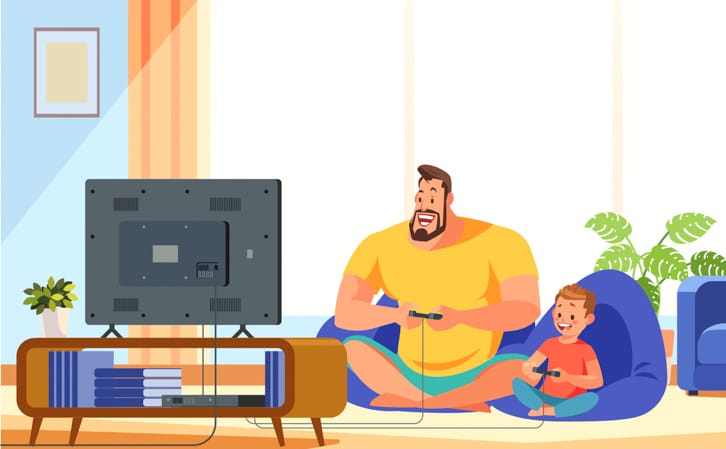
With proper planning and dialogue, gaming can be safe and fun. Children love when their parents get involved and play a game with them. We can model when it is time to stop: “My brain is getting tired and our time is up, let’s go do something different now.” It can be a great moment to bond and talk. Actively listen and ask questions about their games and who they’re playing with.
Researching gaming systems will help parents know which one is best for their family. Common Sense Media is a great resource to learn more about individual game ratings and reviews.
Don’t miss out on any educational resources! Sign up at Gabb Family Resources for the latest information on how you can empower and protect your family.











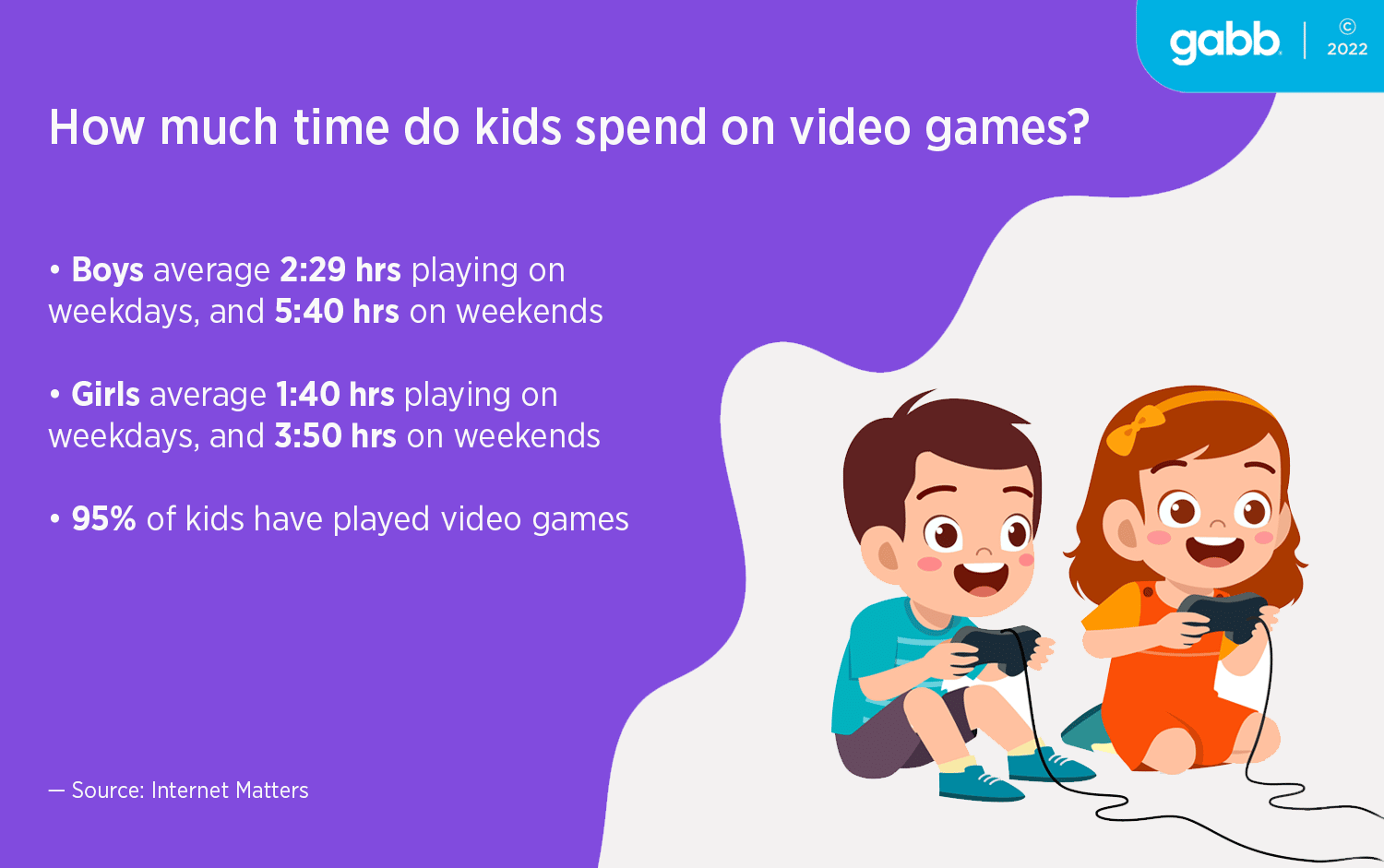
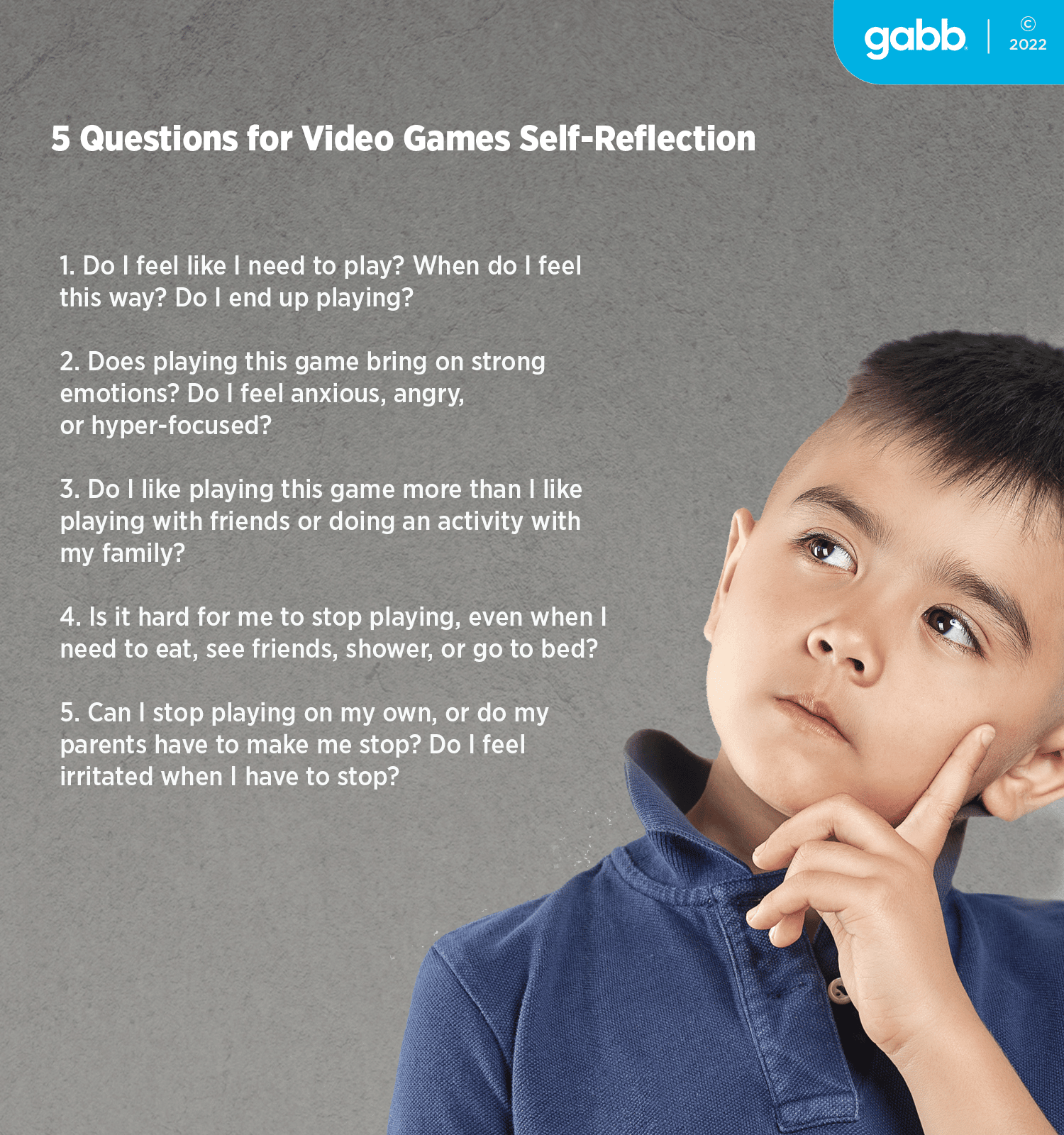

Success!
Your comment has been submitted for review! We will notify you when it has been approved and posted!
Thank you!